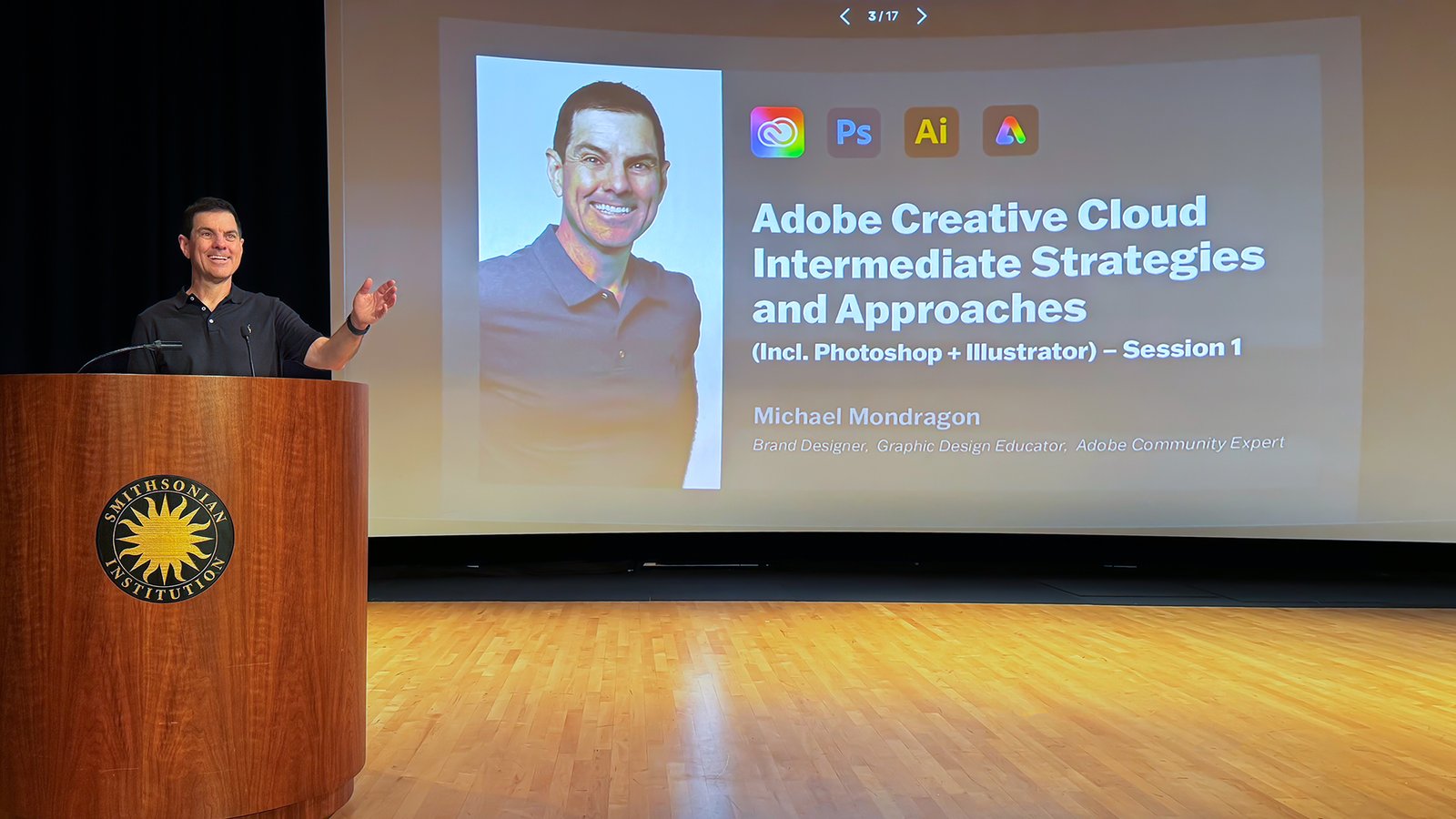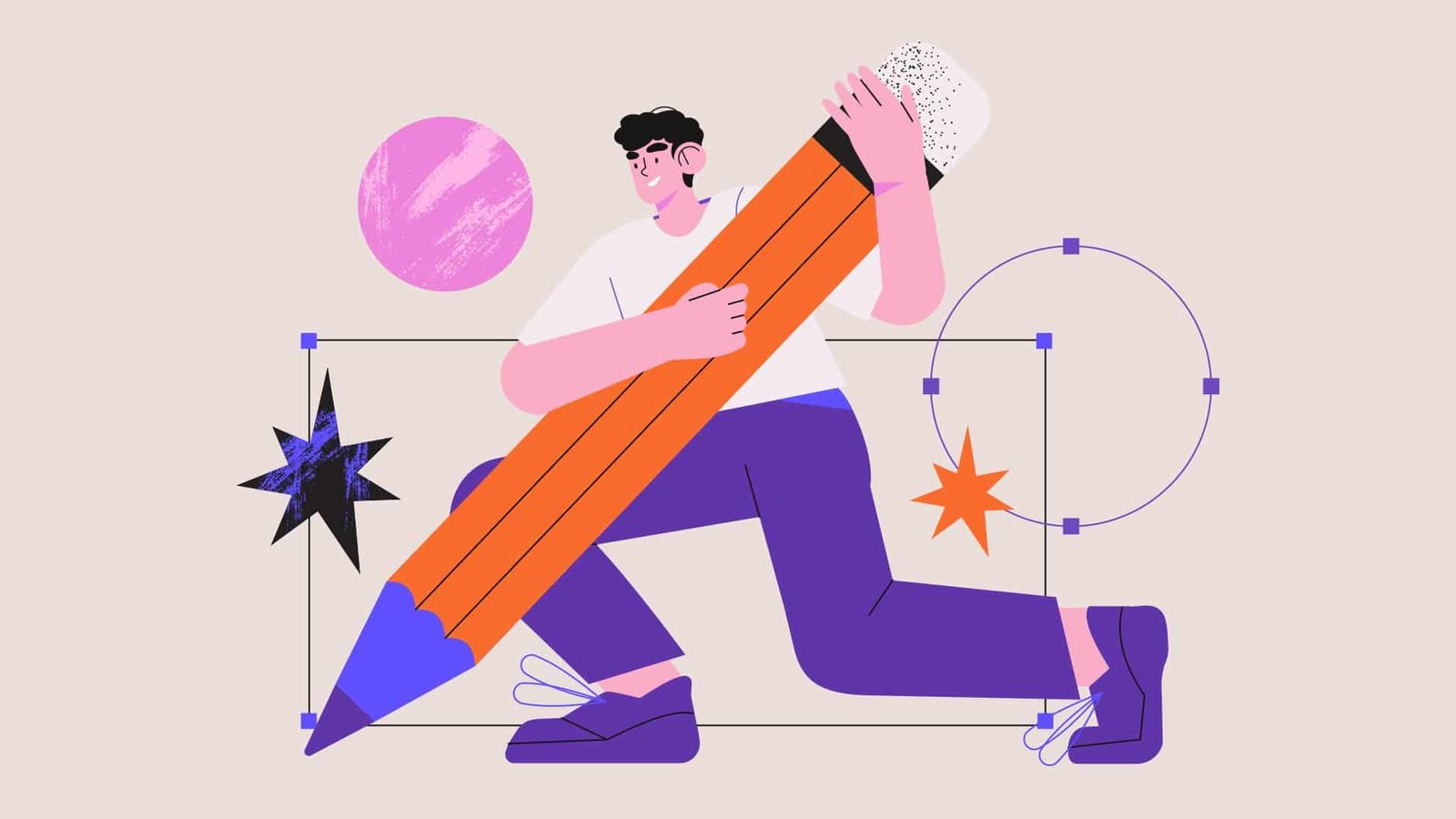Latest in: Learning
It’s been a while since I shared my wins. In full transparency, I have been in a career transition that has been more difficult than I expected. And only now am I seeing the …
3D design offers endless creative possibilities, transforming ideas into tangible, visual forms. For beginners, venturing into 3D design can be both exhilarating and challenging. Here are some tips to demystify the basics of 3D …
Embarking on a freelance journey in graphic design is an exciting step towards independence and creative expression. As rewarding as it is, beginning a freelance career comes with challenges and learning curves. This guide …
In graphic design, staying relevant and sharp in your skills is crucial for success and growth. Continuous learning and adaptation become key as design trends evolve and new technologies emerge. Here are some strategies …
Typography is more than choosing fonts – it’s an essential component of design that communicates mood, tone, and personality. Understanding typography is crucial for creating compelling visuals and conveying messages effectively in graphic design. …
In the fast-paced and ever-evolving design environment, continuous learning is not merely a choice; it's an essential requirement. The design field is dynamic, with new trends, tools, and techniques emerging regularly. For designers, staying …
In digital creativity, Adobe Creative Cloud is a pivotal toolset for designers, photographers, videographers, and artists. This suite of applications and services provides a comprehensive platform for all things creative. Understanding what Adobe CC …
Graphic Design is not just an art; it’s a business. For designers looking to thrive in this competitive field, understanding the business side is just as crucial as honing creative skills. Whether you’re a …
©2025 Mondragon Design, Phoenix, AZ • All Rights Reserved







